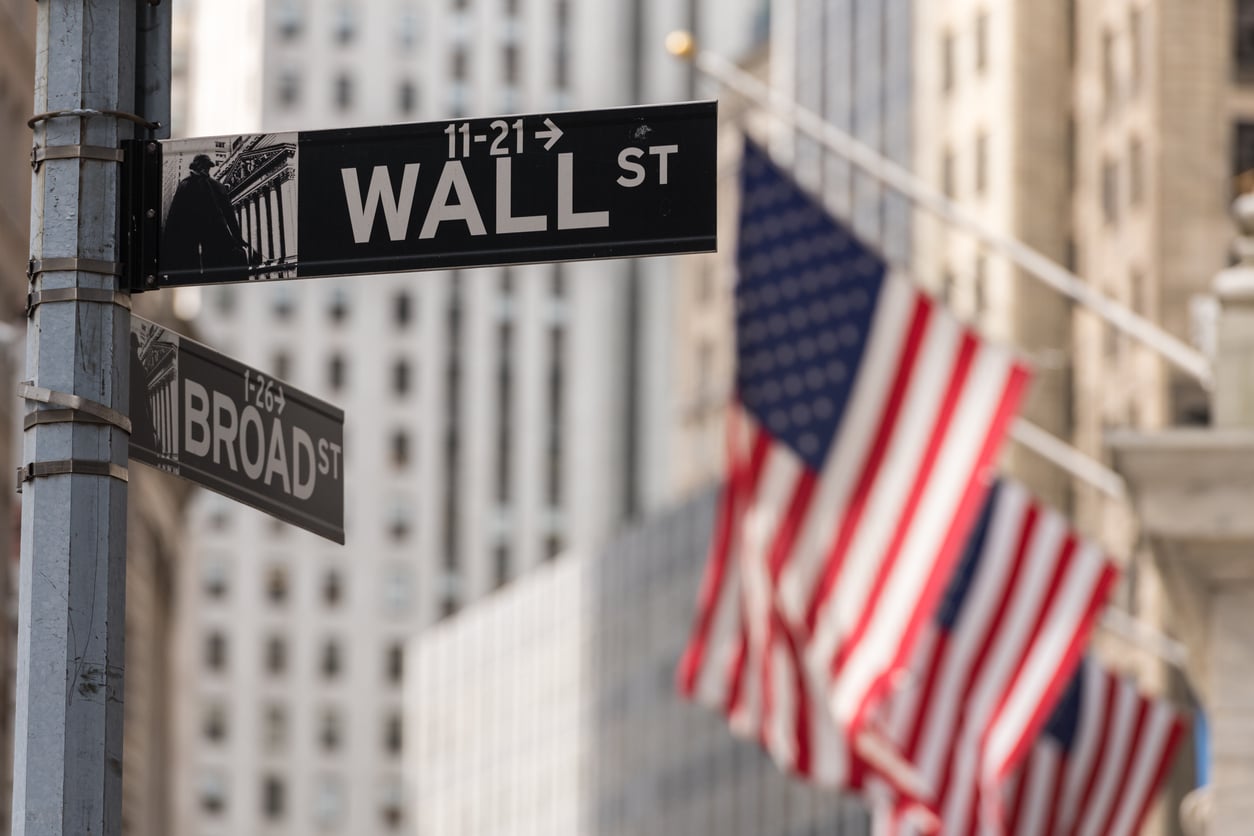I spent many years on Wall Street – before my years in recovery and before I became the therapist I am today. I worked in international banking, traded physical commodities for conglomerates, and later worked for a large brokerage firm on the trading desk in the High Yield “Junk Bond” department. That was back before October 1987, when global financial markets were delivered their first financial and political wake-up call.
In the world of finance, Monday, October 19, 1987, is known as “Black Monday,” a reference given to the day that stock markets around the world crashed. The U.S. stock market had begun to falter three days earlier precipitated perhaps by global concerns over strategic monetary policy; perhaps by the ensuing uncertainty in the Middle East. On October 16, Iran had waged an unprovoked missile attack on an oil tanker in the Persian Gulf and the United States retaliated on October 19, by shelling an Iranian oil platform.
Already jittery markets began to topple and in time-step panic, the decline that originated in Europe picked up steam in the Asian markets and reached its fever-pitch plunge on the morning of October 19, 1987. At the close of business, the Dow Jones Industrial Average (DJIA-stock market) fell by 508 points and lost 22.61% of its value. This was the stock market’s most precipitous drop ever since the infamy of October 24, 1929.
In a perfect storm scenario, the die was cast. The United States had yet to know about a Gulf War and the various Desert Campaigns that followed. Solemnly, we never anticipated the tragedy that would be delivered on September 11, 2001.
Immediately following “Black Monday” the fixed income department in the firm that I worked was laid off. I quickly secured a potential trading opportunity that led me to the guys up at Cantor.
In the late fall of 1987, I made my way to the corporate headquarters of Cantor Fitzgerald, a global services firm that specialized in U.S. government securities. In the business, at least back then, they were known as the ‘dealer’s dealer’ – the go-to-guys on the street if you were looking for a market in U.S. Institutional bonds, equities, or convertible securities.
“High Up in the Clouds”
“What the ‘#$*‘ do you do up here in a fire – because you ain’t getting out’ were the exact words I uttered when I stepped off the elevator on the 103rd floor and stared out over the Hudson Bay into the Atlantic. In 1987 Cantor Fitzgerald’s legendary corporate headquarters occupied the 101st-105th floors of One World Trade Center. That remained their prestigious address until September 11, 2001, when Cantor ultimately lost 658 employees – all that were present for that fateful day.
My interview lasted all of 30 minutes. It was enough time to discuss formalities and employment goals. I was offered a position that day; however, I declined the offer on the spot. My decision was not based on fear or a premonition of things to come for Cantor. It was based on my realization that what I really wanted was to trade commodity options on the New York Board of Trade which happened to be located in the Fourth tower of the World Trade Center.
I left the interview and rode the elevator down to ground level but not before I took one last glance back over the water and out beyond the bridges.
Ten years later I am reminded of my experience way up on the 103rd floor. I am reminded of how small and seemingly inconsequential decisions can irrevocably impact our life.
September 11, 2011, as with the yearly anniversaries before it, is a time that I reflect on life. I reflect on how life unfolds and the twists and turns that become our own story. I lost acquaintances and colleagues on September 11. I am grateful that I did not lose family but I am ever so mindful of those that did.
Debra L. Kaplan, M.A., LAC, LISAC, EMDR-II, CMAT, CSAT-S, is a licensed experiential therapist in Tucson, Arizona. Ms. Kaplan works extensively with attachment, complex traumatic stress, and associated intimacy and sexual compulsivities. She integrates her work with Dr. Patrick Carnes and Pia Mellody; both recognized pioneers in the field of sexual and love addiction and family recovery, into her work with individuals, couples and groups. Debra is a national lecturer and writer on trauma and sex addiction. She is a member of the Society for the Advancement of Sexual Health (SASH), the International Society for Traumatic Stress (ISTSS), and the EMDR International Association (EMDRIA). Debra is a faculty member for the International Institute for Trauma and Addiction Professionals (IITAP). You can find Debra on the web at www.debrakaplancounseling.com

